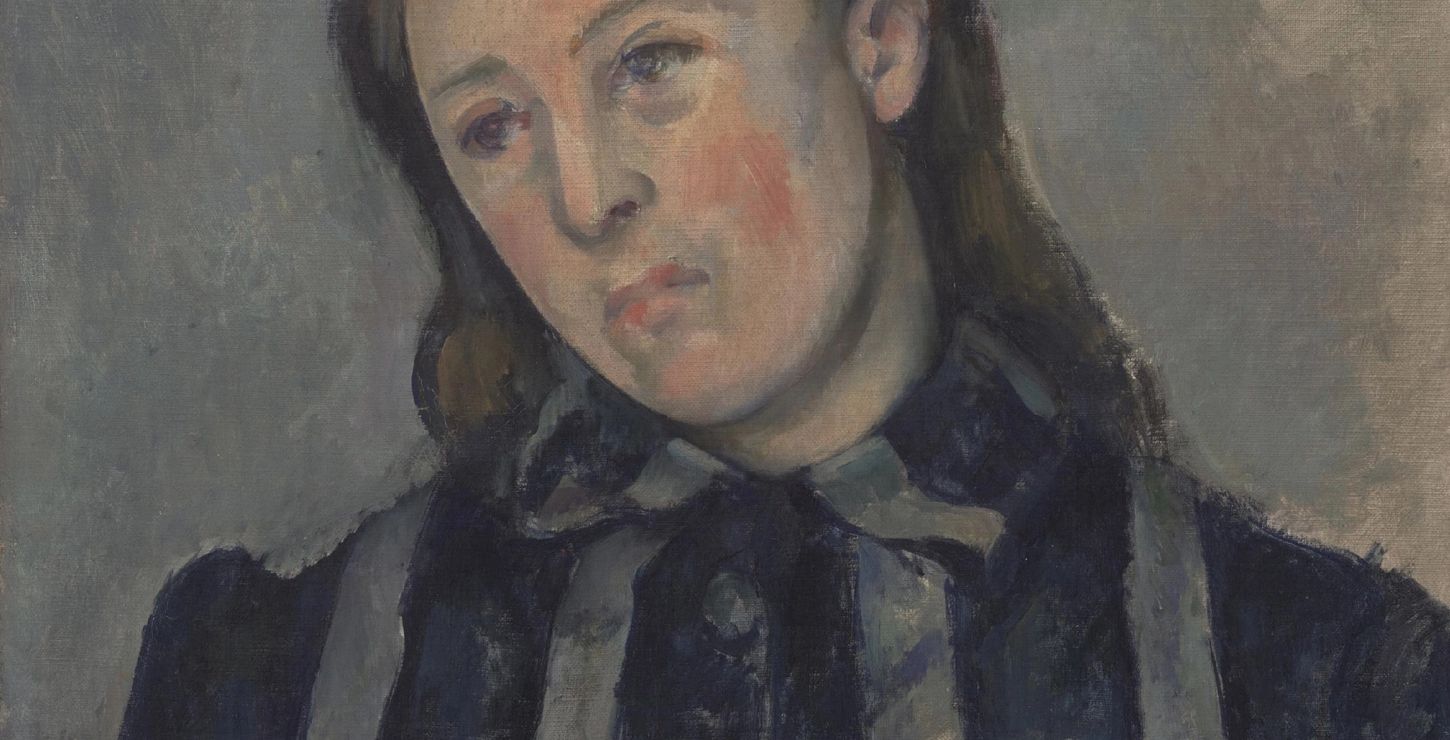Main Building
An international loan exhibition spanning the career of Paul Cézanne (1839-1906) has been organized by the Philadelphia Museum of Art in collaboration with the Réunion de Musées Nationaux / Musée d'Orsay in Paris and the Tate Gallery in London. The three organizing museums will be the only venues for this unprecedented gathering of some 100 oil paintings, 35 watercolors, and 35 drawings from public and private collections. This exhibition of Cézanne's work was organized by Joseph J. Rishel, Senior Curator of European Painting before 1900 at the Philadelphia Museum of Art, and Françoise Cachin, director of Musées de France. This major survey of the artist who so perplexed and impressed his contemporaries and whose genius so profoundly affected the history of painting in this century was made possible in Philadelphia by ADVANTA. Additional support has been provided by grants from The Pew Charitable Trusts and the National Endowment for the Arts, by an indemnity from the Federal Council on the Arts and the Humanities, and by a generous contribution from Gisela and Dennis Alter. USAir is the official airline for the exhibition. NBC 10 WCAU is the media sponsor.
Itinerary
Galeries Nationales du Grand Palais
Tate Britain, London
Philadelphia Museum of Art
